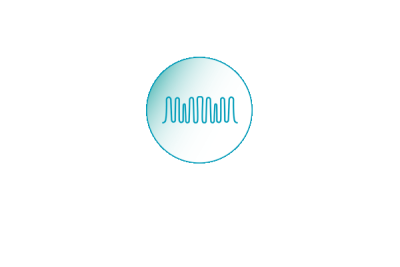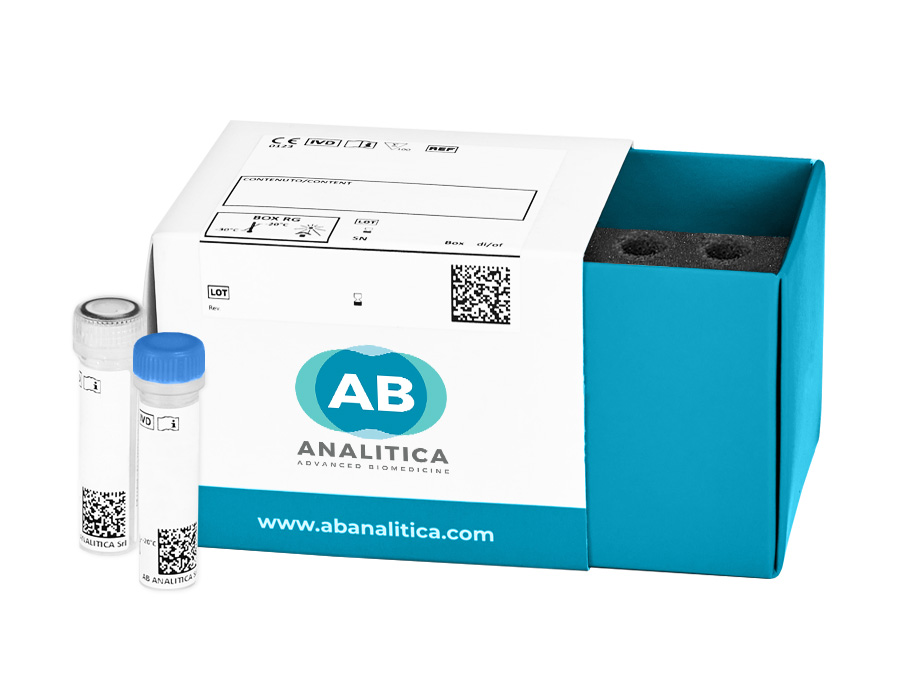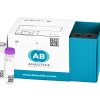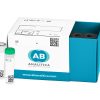Description
The REALQUALITY RS-FACTOR V H1299R is an IVD for detection and genotyping of H1299R mutation (HR2 haplotype) in the human gene coding for coagulation Factor V by Real-Time PCR.
Product Characteristics
- The assay requires only 1 µL of DNA extracted
- Compatible with the most common Real-Time PCR instruments
- It is equipped with a dUTP/UNG system for the prevention of carry-over contamination and a fluorescence normalizer
- The automatic format of the assay can be used on GENEQUALITY® automatic platforms
- It includes an automatic interpretation of results with AB SNP Report software
Kit content
Kit content:
- Ready-to-use reagents for Real-Time PCR
- Homozygous and heterozygous positive controls
Further Information
Thrombophilia is commonly defined as any acquired or hereditary disorder associated with an increased risk to develop thromboembolic phenomena. These phenomena occur when blood circulation is blocked by clots, originating in veins or derived from a thrombus in another area of the body. Thrombosis that is not the result of a genetic defect often occurs in elderly persons as a consequence of strong environmental risks factors, including surgery, bone fracture or cancer. In contrast, hereditary thrombosis is associated with an onset at earlier age, due to the presence of one or more genetic defects caused by gene-to-gene and/or gene-to-environment interactions.
Genetic alterations of different blood components may directly or indirectly influence blood homeostasis, thus triggering a prothrombotic state. Such alterations may lead to the loss of function of natural anticoagulants (e.g. Protein C, Protein S, Antithrombin), to an increased activity of procoagulant factors (e.g. Prothrombin, Factor V, Factor VII, Factor IX, Factor XIII, MTHFR, MTRR) or to diminished fibrinolytic activity (e.g. PAI-1, TAFI).
Factor V, an inactive procofactor of the coagulation system, is an important blood protein. If activated by thrombin, it forms a double chain molecule (Factor Va), which acts as a cofactor of Factor Xa in converting prothrombin into thrombin. Active protein C (APC) inactivates Factor Va by selective proteolysis of the Factor Va heavy chain at amino acid positions Arg306, Arg506 and Arg679. The current hypothesis is that Factor-V related thrombosis can be caused by a multitude of genetic mutations affecting critical sites of the Factor V protein.
APC resistance of Factor V can also be the result of certain configurations in the genetic background of the gene coding for coagulation factor V. Haplotype HR2 of the Factor V gene comprises the H1299R polymorphism, which is defined by an A->G substitution at position 4070 in exon 13 (A4070G). The protein products of the two polymorphic alleles differ in amino acid 1299 of the B domain. Allele R1 codes for a Histidine and allele R2 codes for an Arginine in position 1299 of the B domain. Several studies have identified the HR2 haplotype as prothrombic risk factor that is associated with a significantly lower APC-ratio in vitro and an increased risk of thrombosis for persons that carry the HR2 haplotype in trans with the Factor V Leiden mutation. Persons that are heterozygous for both Factor V Leiden and Factor V H1299R have a three to four times higher risk to develop deep vein thrombosis compared to individuals that are heterozygous for Factor V Leiden alone. In addition, carriers of the HR2 haplotype show increased levels of the most thrombogenic and most glycosylated isoform of factor V (FV1).
Ordering Information
| Code | Product | PKG |
|---|---|---|
| RQ-111-4M | REALQUALITY RS-FACTOR V H1299R | 50 tests |
| RQ-111-6M | REALQUALITY RS-FACTOR V H1299R | 100 tests |
| RQ-111-4A | REALQUALITY RS-FACTOR V H1299R - Automatic format | 50 tests |
| RQ-111-6A | REALQUALITY RS-FACTOR V H1299R - Automatic format | 100 tests |









